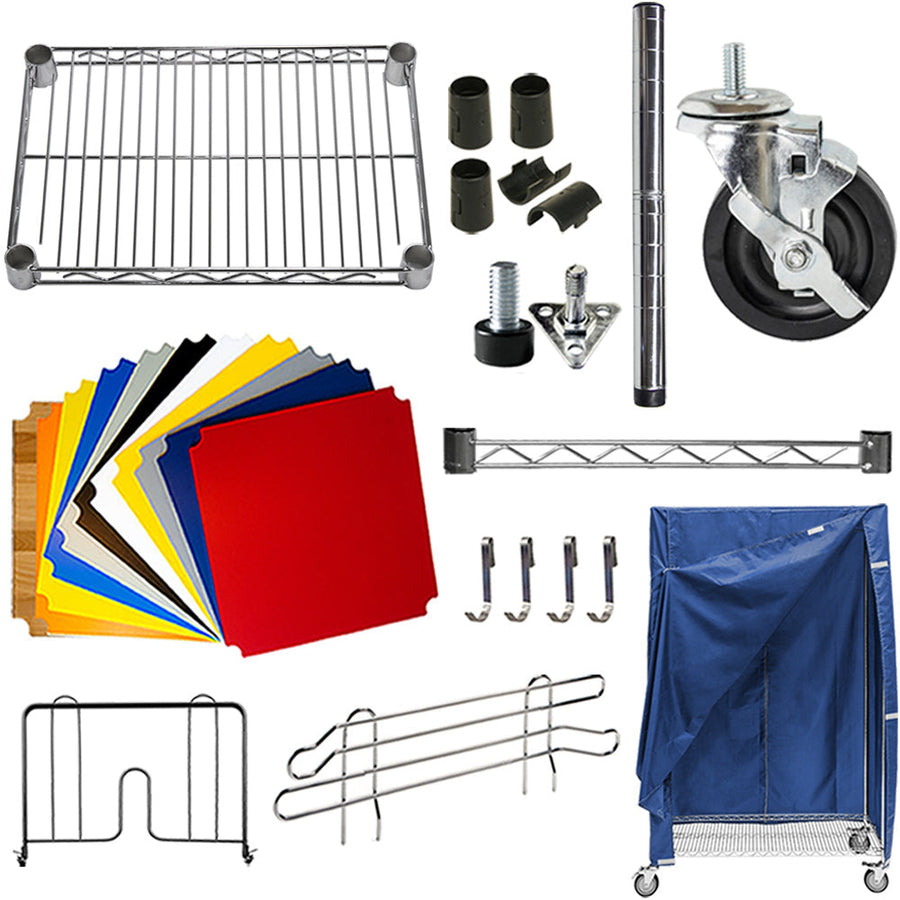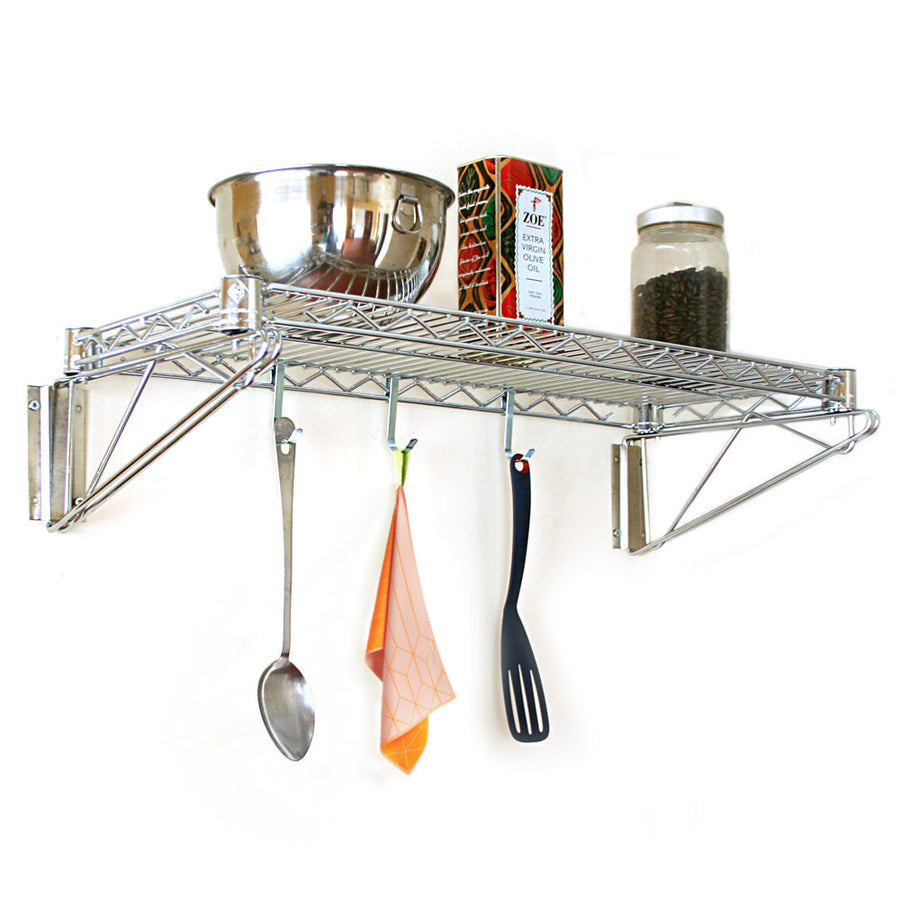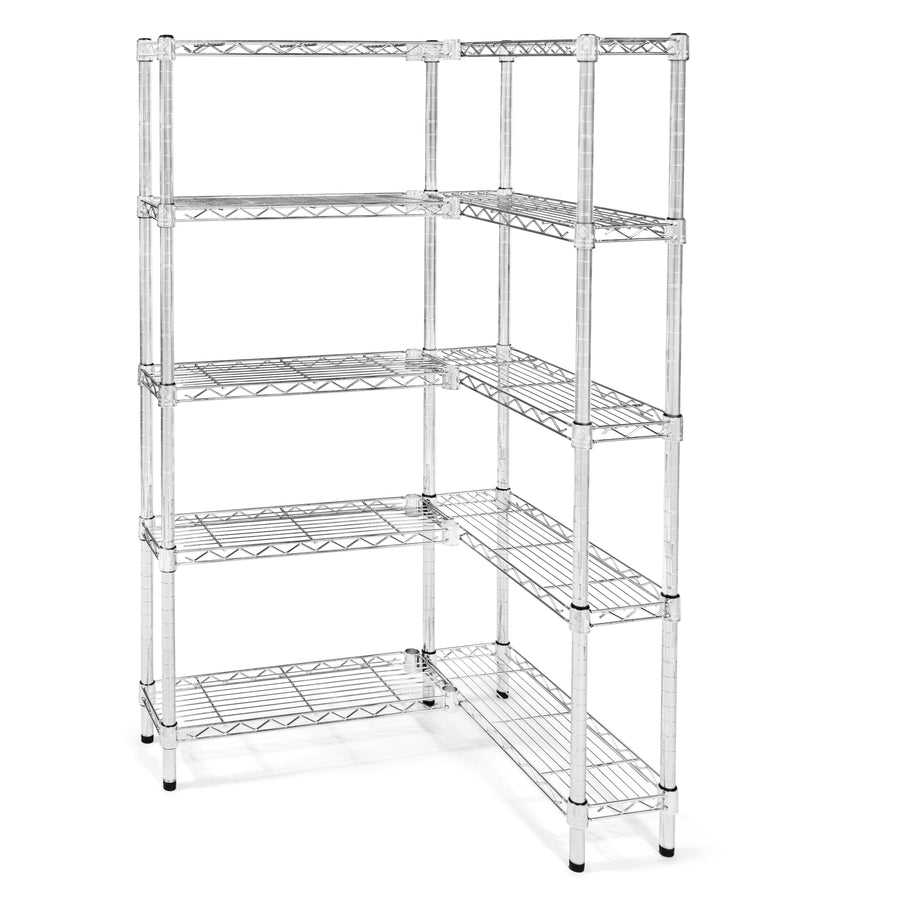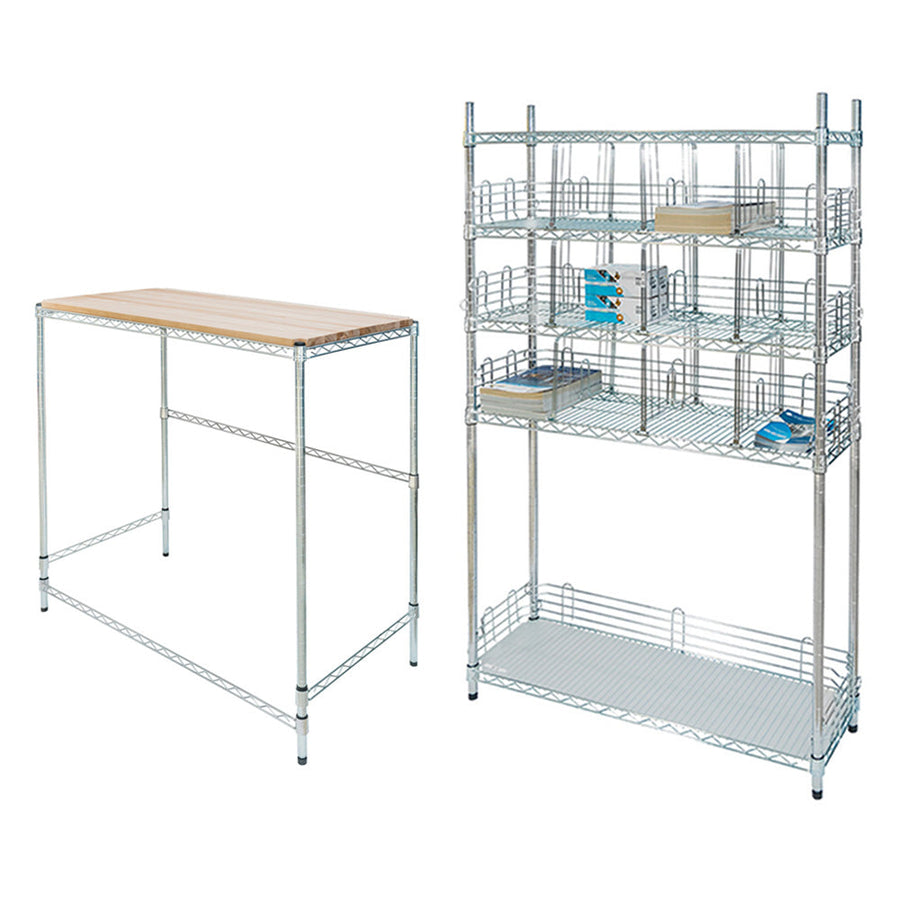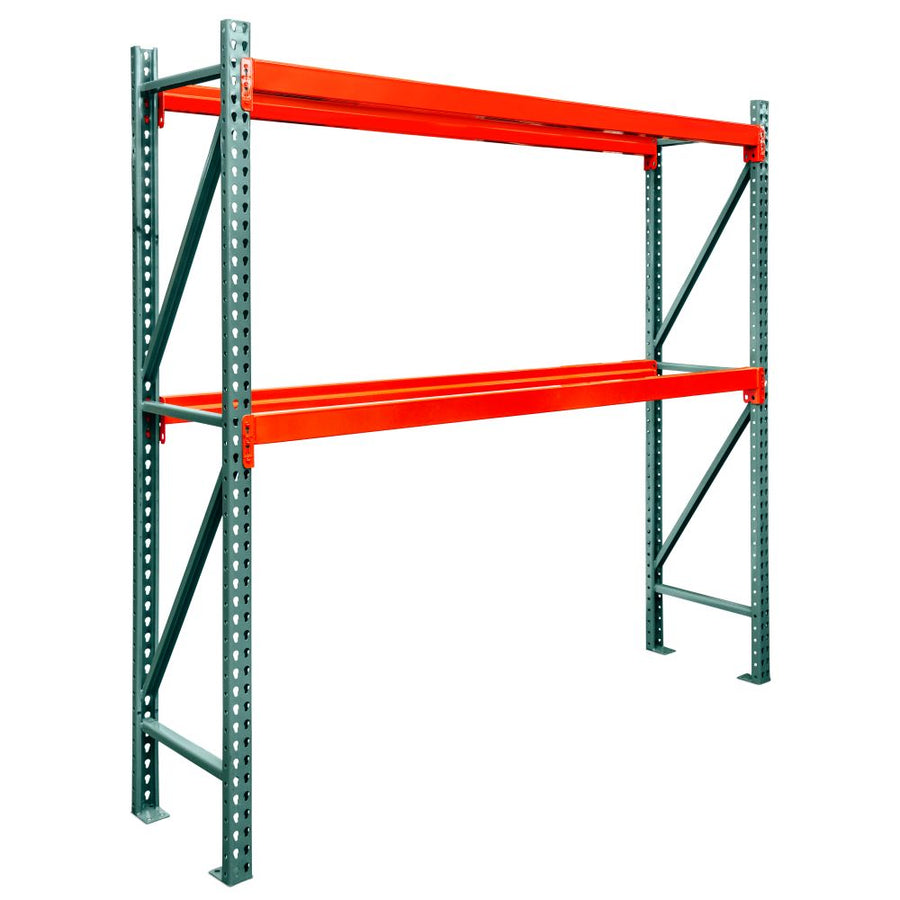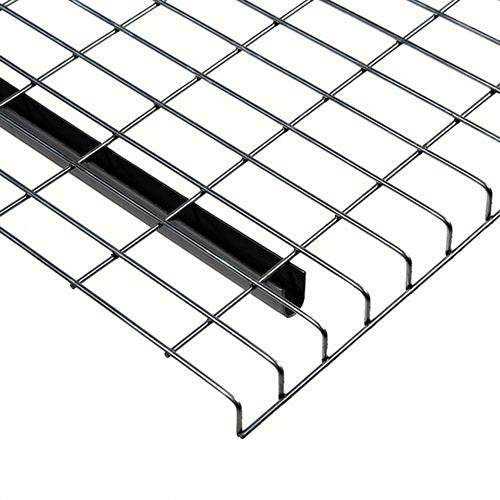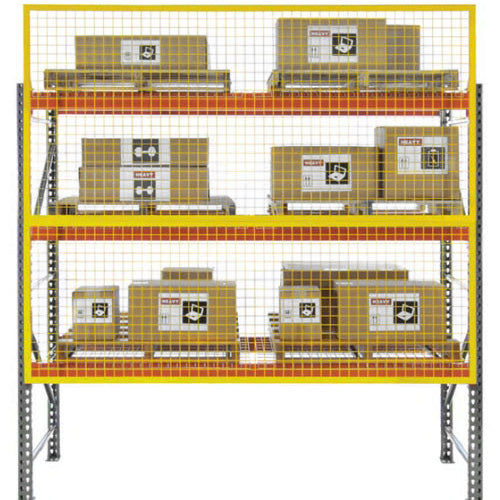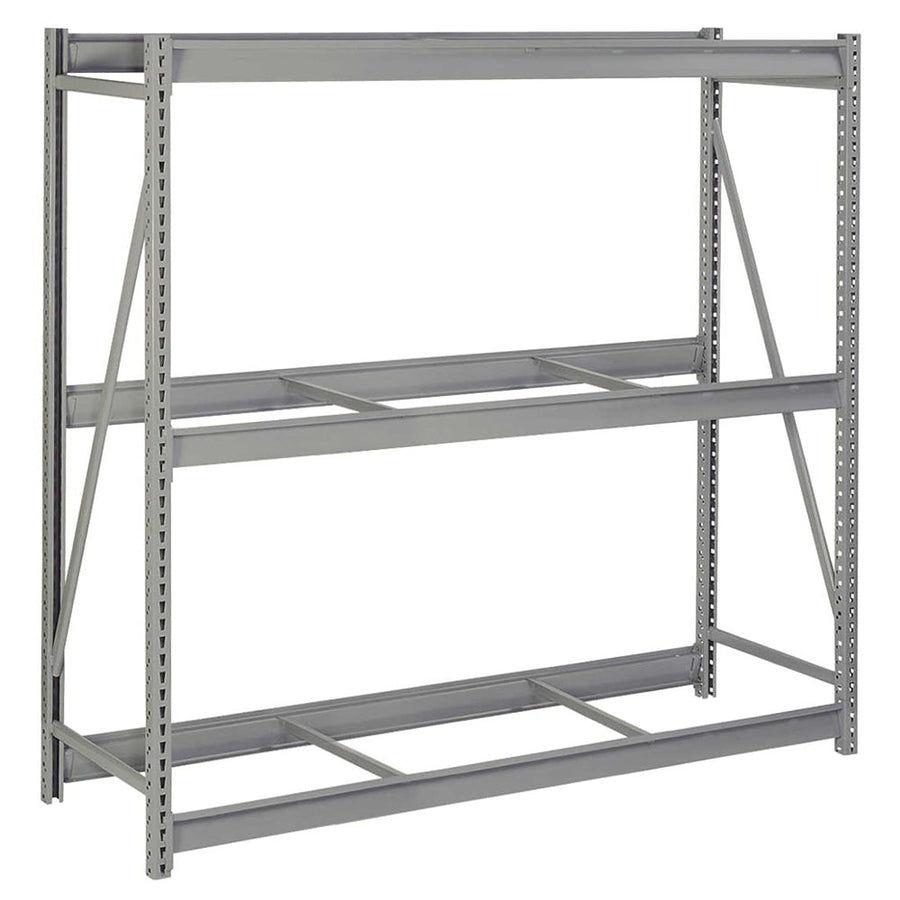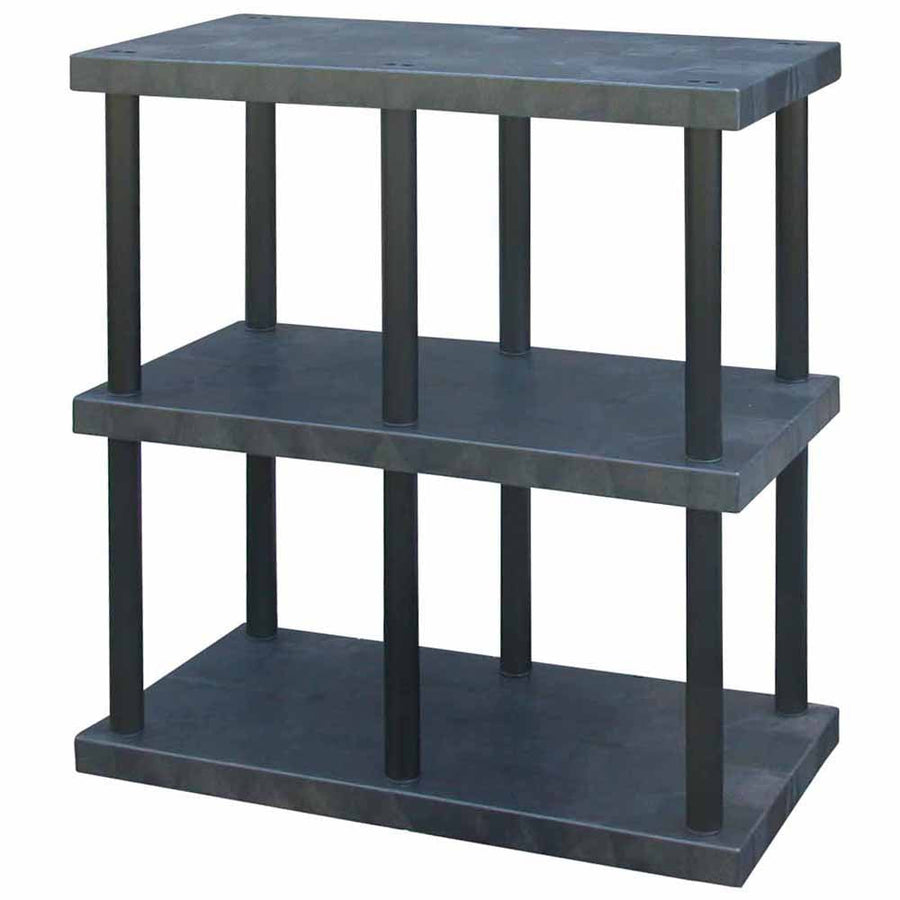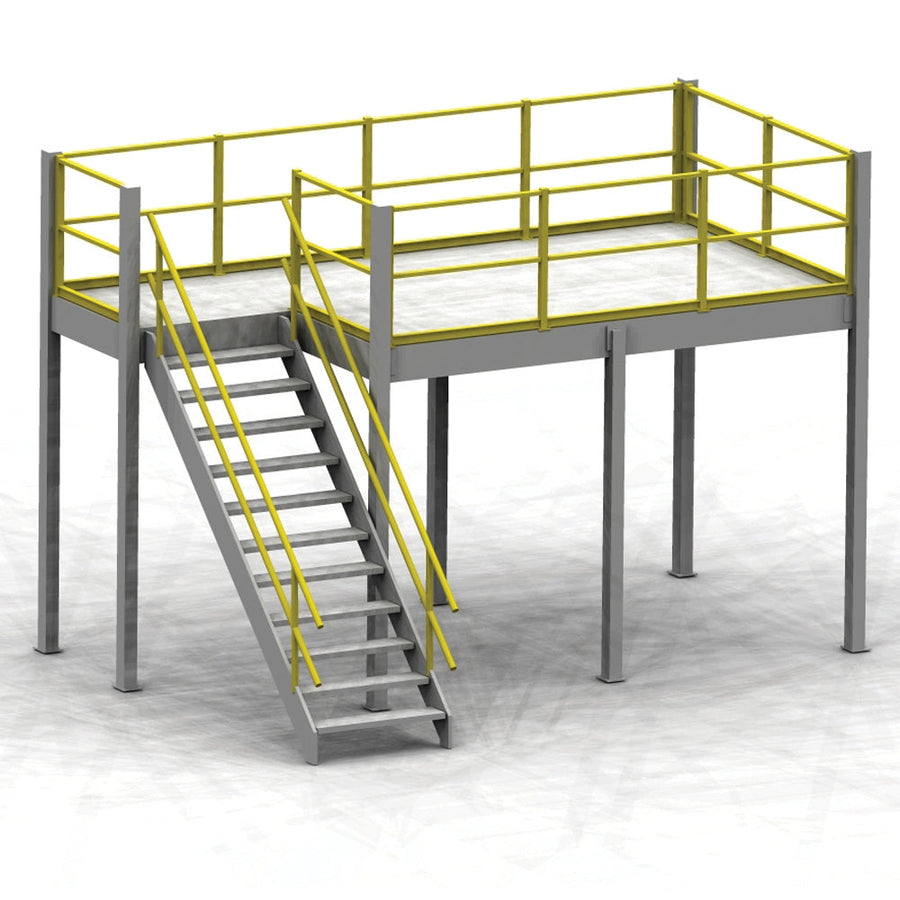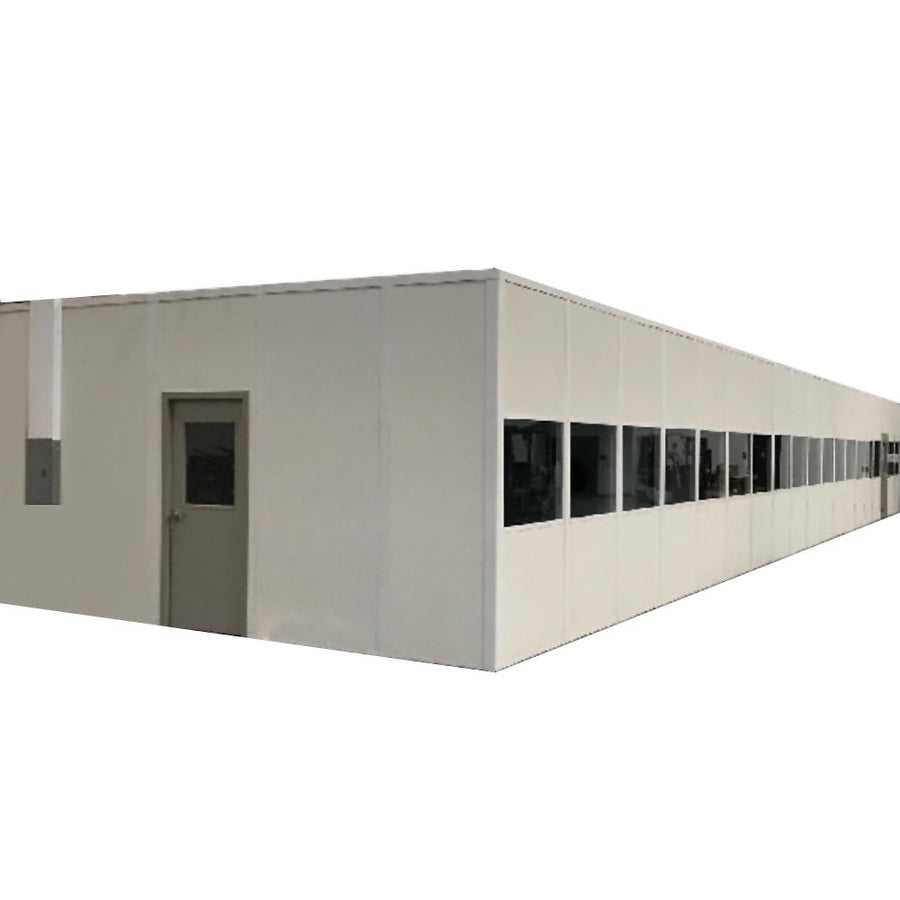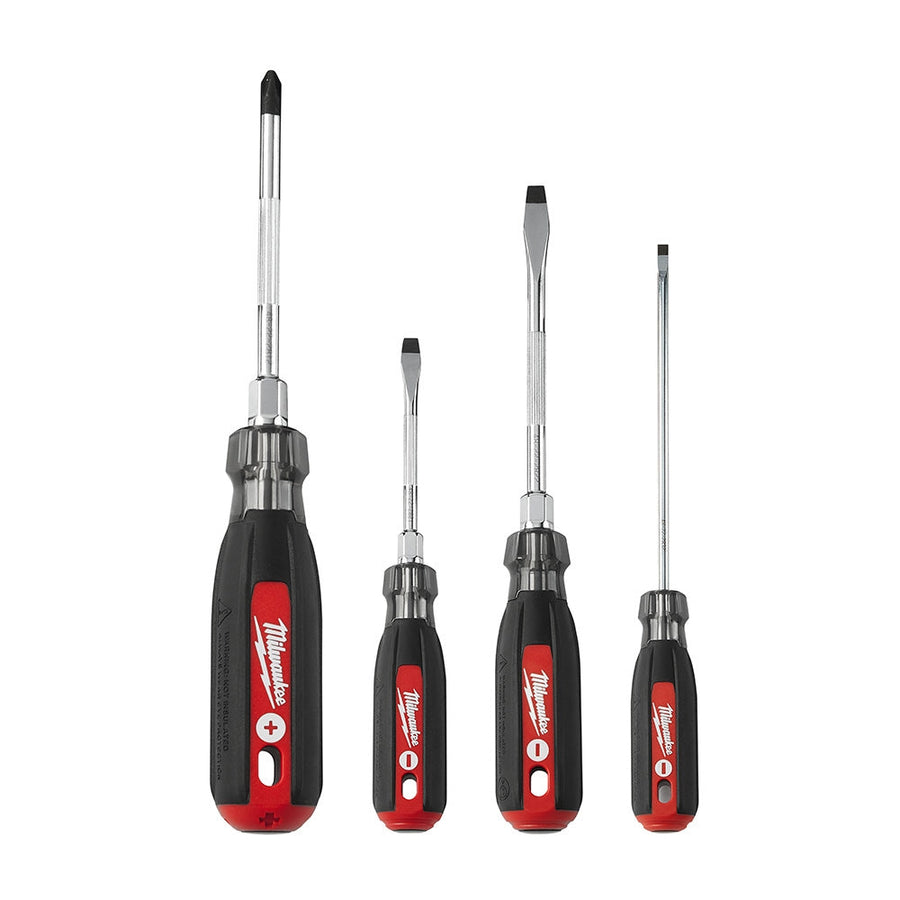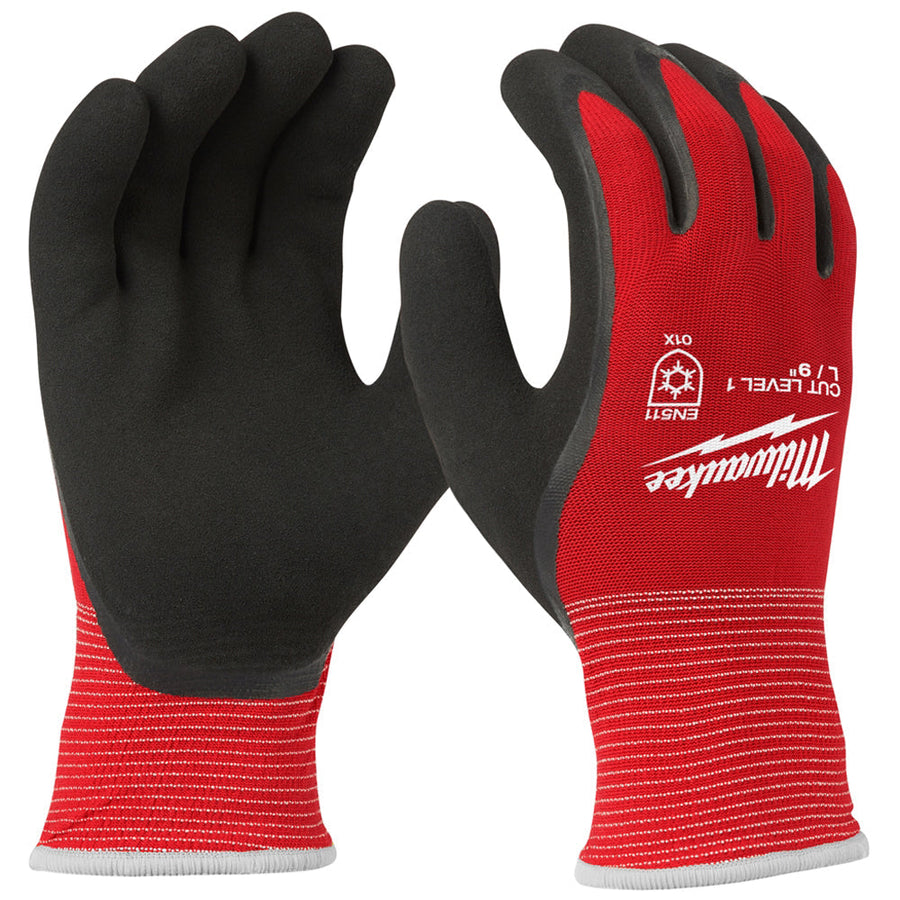Online pickup is an increasingly popular option for many retail stores, from locally-operated locations to bigger corporate chains. And the reasons are fairly clear - it’s fast, convenient, and offers shoppers an alternative for waiting for their items to come in the mail.
However, with online orders, time can be of the essence when it comes to customer satisfaction and it’s crucial to have a solid process in place to help speed things along and get your orders fulfilled on time. Whether you’re already fulfilling retail orders online and just want to try and improve the process, or you want to start using your storefront to fill online orders and need to know where to start, we’ve got a few things you can focus on:
Logistics:
As with any new development in order fulfillment, logistics planning should be the first step in determining your retail order fulfillment strategy. When an order is completed you need to have a fast system in place to locate each item and get it to its destination, otherwise you run the risk of customers shopping elsewhere.
Reduce pick times:
This is perhaps the most crucial part of in-store order fulfillment. Store layouts can be confusing at times, and locating items can be one of the biggest bottlenecks in the process. This can be handled one of two ways: by either designating one employee per shift to locate orders, thus preventing other employees from having to take time away from their duties, or to use a ‘zone’ method that assigns particular employees to certain departments to help find items faster. Whatever method you go with, make sure to follow a logical path and sequence to minimize the time it takes to fulfill these orders.
Manage your resources:
Much like managing a warehouse, you need to make sure you’re using all of the tools at your disposal as effectively as possible to ensure speed and accuracy in fulfillment. Review your labor schedules to make sure you have enough staffing to support delivery KPIs, make sure your stores are equipped with things like wire shelving and industrial storage to store items and keep things where they need to be, and consider using some kind of labor metric tracking program to monitor employee performance and time taken for order fulfillments to see where potential issues in the process may be.
Communicate with your customers:
When it comes to in-store orders, time is of the essence - otherwise your customers would have just bought it online and waited for the postman. Create some kind of online interface (through your website, via email, or etc) that can instantly communicate the status of their items to the customer. Inform them when the order is fulfilled, how long they have to come pick it up, and more to keep them aware of the status of their order during the process.Of course, this is just the tip of the iceberg, but these ideas can go a long way towards establishing a solid in-store order fulfillment strategy and will pay off in the long run when your customers realize how convenient the process is.



